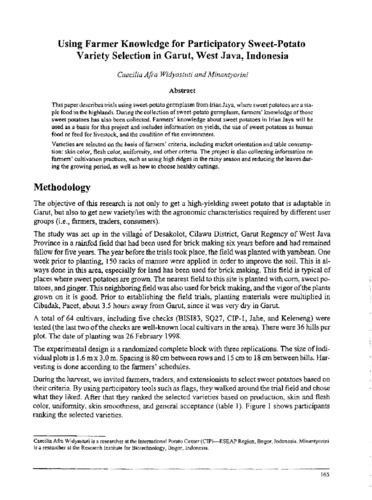Genetics, cytogenetics, and reproductive biology of Brachiaria
Two essentials for breeding new cultivars of Brachiaria are germplasm diversity and information on basic biological aspects of major species. This paper reviews current knowledge on the cytological behavior, mode of reproduction and its inheritance, and crossing compatibility of different species. The two of major agronomic importance-B. decumbens and R brizantha-are tetraploid (2n = 4x = 36) and apomictic, that is, the embryo is produced without fusion of male and female gametes. Apomixis, although not common, is found throughout the plant kingdom and is often associated with polyploidy. Hence, it is frequently accompanied by meiotic anomalies leading to reduced pollen fertility. Sexuality has been found at the diploid level in these species and in R ruziziensis, and is generally associated with regular chromosome pairing and division. As a breeding tool, apomixis offers several advantages, because it associates fixation of hybrid vigor with seed propagation. Apomictic hybrids breed true, and superior genotypes can be rapidly increased by seed. The discovery of completely sexual plants in cross-compatible species of Brachiaria and the development of practical clearing techniques for the observation of ovules prompted studies of inheritance of apomixis. Results suggest a simple, monogenic control of mode of reproduction, with apomixis dominant over sexuality. These investigations open up promising new possibilities for manipulating apomixis in breeding programs.

